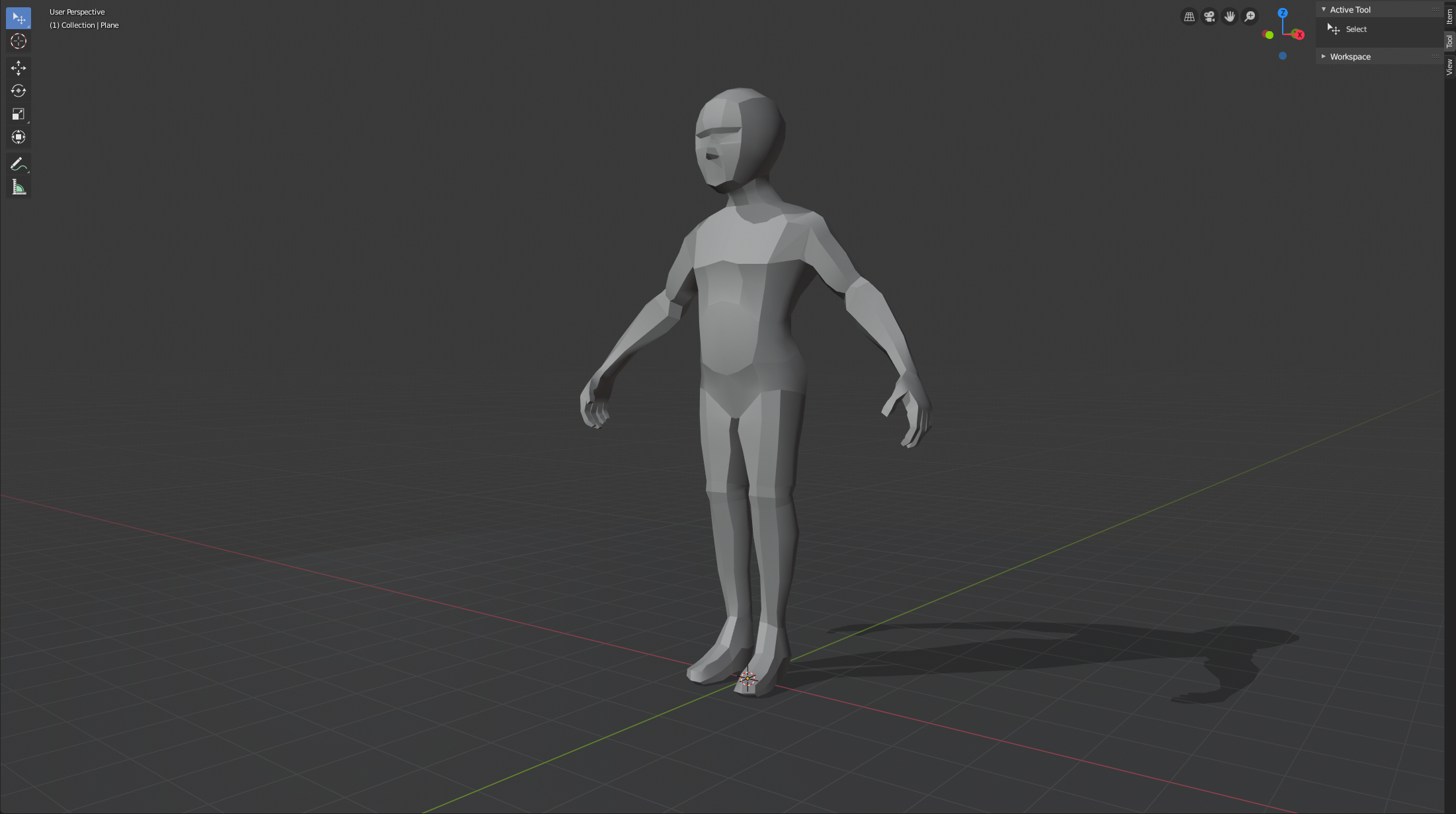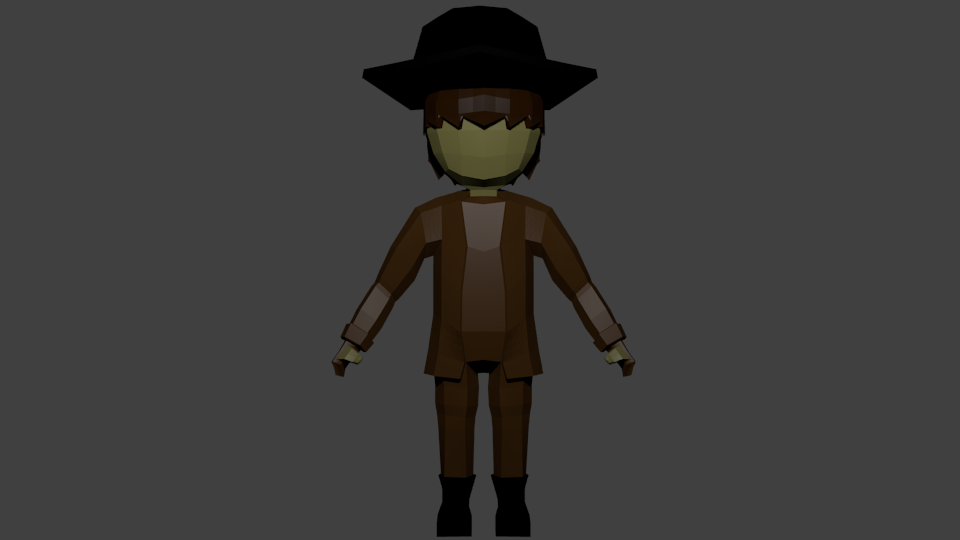

Right click on the bone and select “Delete”. You will notice in the top right corner in the scene’s hierarchy you have many WGT-bones (WGT stands for Widget).Īs these bones will not be skinned to the mesh or used at all, we will need to delete them to avoid having unassigned meshes in our Unity project. If all deformation bones do not appear check the “Auto Run Python Scripts” option under File > User Preferences>File and re-generate Deleting WGT bones This will reveal the deformation bones, the deformation bones are what you will need to skin and weight paint your mesh to. Press the (A) key to select the rig and then press the (H) key to hide the unwanted layers.

Switch to Pose mode and do the following: While the armature is selected click the Object data tab on the far right. Do this by selecting all the meshes and pressing CTRL + J) (If you are using Make Human, you may want to join the many different meshes into one complete mesh.

Move the armature to the side so it is out of the way. Once this is complete, go back into object mode. Use “X-Ray” to allow yourself to see the bones through the model If you scale or move the model make sure to reset the scale and/or translation values of both the armature and model.īegin positioning the bones in their respective place on the model This rig is very basic but it allows Rigify to build itself around the relative bone positions.Īdd Human Armeture: Go to Add (SHIFT + A) > Armature (Human)Įnsure both the armature and model are centred at 0,0,0 Grab a basic humanoid rig that Rigify will use as a template. Setting it to default will include it with all your future projects. This activates the add-on and allows you access to the buttons and features needed.

Select the Addons tab, and then scroll to the bottom and click the check box next to “Rigify”.3D Humanoid Model ( MakeHuman is very useful if you need help with modelling).įirst you need to ensure that the Rigify add-on has been installed and enabled within Blender:.The trickiest part is skinning the mesh to the bones you wish to use and ensuring they are parented correctly, and finally (after some testing and polishing) you can import into it into Unity. Once everything is set-up you can position the bones and generate your main rig. From there you will import your 3d model and begin to set up your model and armature correctly to avoid any problems later down the line. You should start by enabling Rigify within Blender so you can use its features. Rigify generates a full rig for your model and by using the armature as a template you will be able to forge it into a nice simple rig for humanoid characters. This guide shows you how to get your 3D model rigged with Rigify and imported into Unity’s Mecanim. This will prove very useful for new and casual game developers. Blender now comes with a free add-on called Rigify that provides your models with a biped rig that will work with Mecanim.


 0 kommentar(er)
0 kommentar(er)
